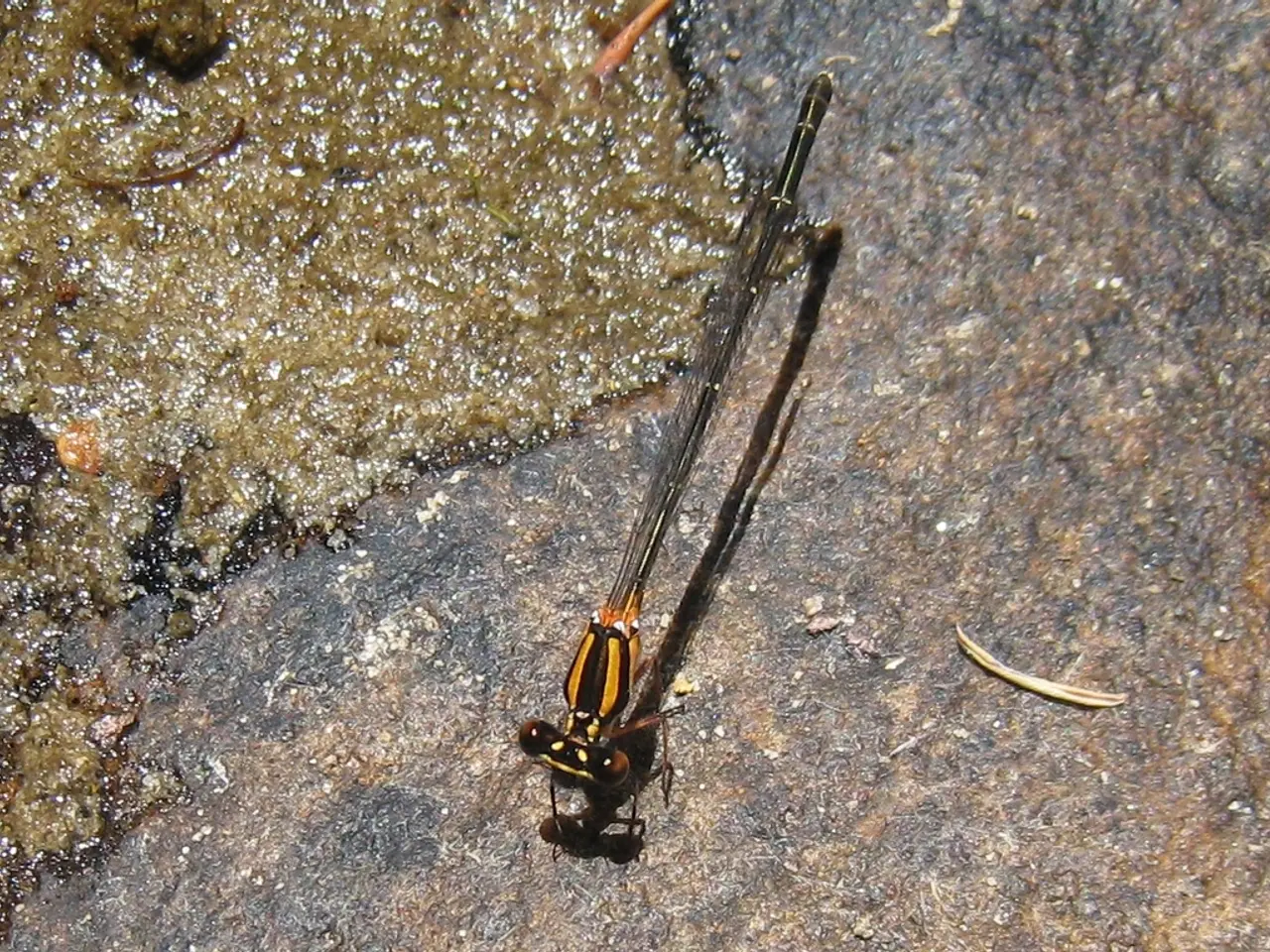Massive Spread of Chikungunya Virus Causes Over 7,000 Cases in China, Triggering Major Outbreak
Chikungunya Outbreak in Guangdong Province: Travelers Urged to Take Precautions
A chikungunya outbreak, transmitted by the Aedes mosquito species, has been spreading in southern China, particularly in Guangdong Province, following recent seasonal monsoon rains and widespread flooding. The U.S. Centers for Disease Control and Prevention (CDC) has issued a Level 2 "Practice Enhanced Precautions" travel advisory for Guangdong, urging travelers to take heightened protective measures against mosquito bites.
The outbreak, which began in June 2025 in Foshan city, has rapidly grown, with over 8,000 cases reported by August 2025. The outbreak area includes Foshan city (epicenter), other parts of Guangdong Province, and imported cases in Hong Kong and Macao.
Chikungunya is a mosquito-borne illness that primarily affects adults and causes symptoms including fever, severe joint pain, headache, rash, and muscle pain. There is no cure for chikungunya, so prevention centers on avoiding mosquito bites.
Chinese authorities have implemented various measures to manage the outbreak, including mosquito control, community isolation, expanded hospital capacity with mosquito-proof beds, and surveillance. High-risk groups include adults over 65, pregnant women, people with chronic conditions, immunocompromised individuals, business travelers to Guangdong, and extended stay visitors.
Travelers are advised to wear long sleeves and pants, use insect repellent with DEET, stay in air-conditioned or screened accommodations, and use mosquito netting for infants. Vaccines for chikungunya are available in the U.S., but caution is advised for infants, pregnant people, and older adults.
Transit passengers passing through affected airports and travelers in northern China are considered at lower risk, as the outbreak is concentrated in southern regions. The CDC has not issued a Level 3 or 4 travel advisory, but maintains a Level 2 advising travelers to exercise enhanced precautions.
The ongoing chikungunya outbreak in Guangdong highlights vulnerabilities tied to climate change in subtropical regions. Flooding and high humidity accelerate mosquito populations and transmission risk in these regions. Continued vigilance, public education, and strengthened mosquito control will be critical in curbing the outbreak's trajectory.
Symptoms of chikungunya can be severe, with patients often experiencing joint pain that can persist for weeks or months. Most cases of chikungunya are mild, with 95% of patients recovering within a week. As of August 5, 2025, more than 7,000 cases of chikungunya virus infection have been confirmed in China.
Foshan has more than 6,000 confirmed cases, while the remaining infections are dispersed across nearby cities including Guangzhou and Shenzhen. Biological controls, including mosquito-eating fish and large predatory mosquitoes, are being released to consume larval Aedes species. Drones are being deployed to identify breeding sites and aerial spraying is being used in public spaces. Fines up to 10,000 yuan are being enforced for households that fail to eliminate stagnant water.
This is the largest chikungunya outbreak in China in nearly two decades. Chinese health officials are enforcing seven-day hospital stays for patients under mosquito nets. Travelers are encouraged to practice vigilant mosquito bite prevention measures and consult healthcare providers about vaccination before travel.
- Health and wellness are crucial considerations for travelers amid the chikungunya outbreak in Guangdong, China.
- Education about Chikungunya, its origins, and methods of prevention should be prioritized to protect travelers.
- Travel to China requires awareness of climate change's impact on health, as it enhances the proliferation and transmission of mosquito-borne diseases like Chikungunya.
- The science behind Chikungunya projection and control is essential to developing effective strategies for the outbreak.
- Sleep should be prioritized by travelers to strengthen their immune systems against Chikungunya.
- Employers should prioritize workplace-wellness by providing resources and information about Chikungunya for their employees.
- Proper nutrition is vital for combating Chikungunya, as a well-balanced diet can support the immune system.
- Mental-health issues, such as anxiety about traveling to Chikungunya-affected areas, should be addressed to enable travelers to make informed decisions.
- The manufacturing of mosquito nets and insect repellent sprays can play an important role in combating Chikungunya.
- Aging populations are more susceptible to Chikungunya, as their immune systems become weaker over time.
- Impactful therapies and treatments for Chikungunya can help alleviate symptoms and hasten recovery.
- Womens-health issues related to pregnancy and childbirth can increase vulnerability to Chikungunya.
- Chinesepregnant women should consult their healthcare providers about the risks associated with Chikungunya.
- Parenting in Chikungunya-affected areas requires vigilance to ensure children's health and safety.
- Weight-management strategies can contribute to strengthening the immune system and lessening vulnerability to Chikungunya.
- Cardiovascular-health concerns, such as high blood pressure, can worsen Chikungunya symptoms and extend recovery times.
- The retail industry can play a part in promoting Chikungunya prevention products, such as insect repellent and mosquito nets.
- Entrepreneurs should consider opportunities in areas like green technology, sustainable agriculture, or health-related businesses to address Chikungunya-related challenges.
- Transportation navigation in Chikungunya-affected areas should incorporate awareness of mosquito breeding sites and high-risk regions.
- Leadership in the Chikungunya response should strive for diversity and inclusivity, ensuring all communities receive equitable resources and support.
- Small-business owners in Chikungunya-affected areas can adapt their operations to promote health and safety measures for employees and customers.
- Investment in environmental-science initiatives can support long-term Chikungunya prevention and climate change mitigation efforts.
- Finance can play a critical role in funding Chikungunya research, healthcare updates, and outreach initiatives.
- Energy-efficient mosquito control measures, such as light trap or solar-powered mosquito-eating machines, can help combat Chikungunya sustainably.
- Environmental-science education should emphasize the connection between climate change, flooding, and mosquito-borne diseases like Chikungunya.
- Skin-care products can help protect against Chikungunya by maintaining healthy, moisture-rich skin that is less appealing to mosquitoes.
- Medicare recipients should consult their healthcare providers about the risks associated with Chikungunya and whether vaccination is appropriate.
- CBD could potentially be explored as a potential therapeutic avenue for managing Chikungunya pain, if further research supports its efficacy.
- Neurological-disorders, like encephalitis, are potential complications of Chikungunya, highlighting its threat to public health.




